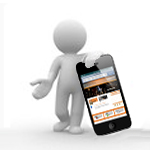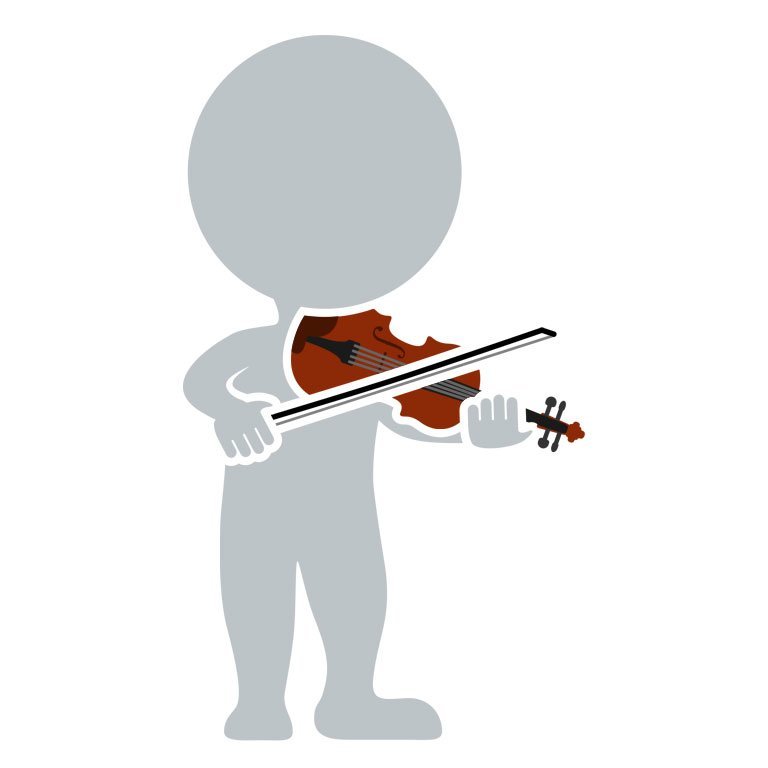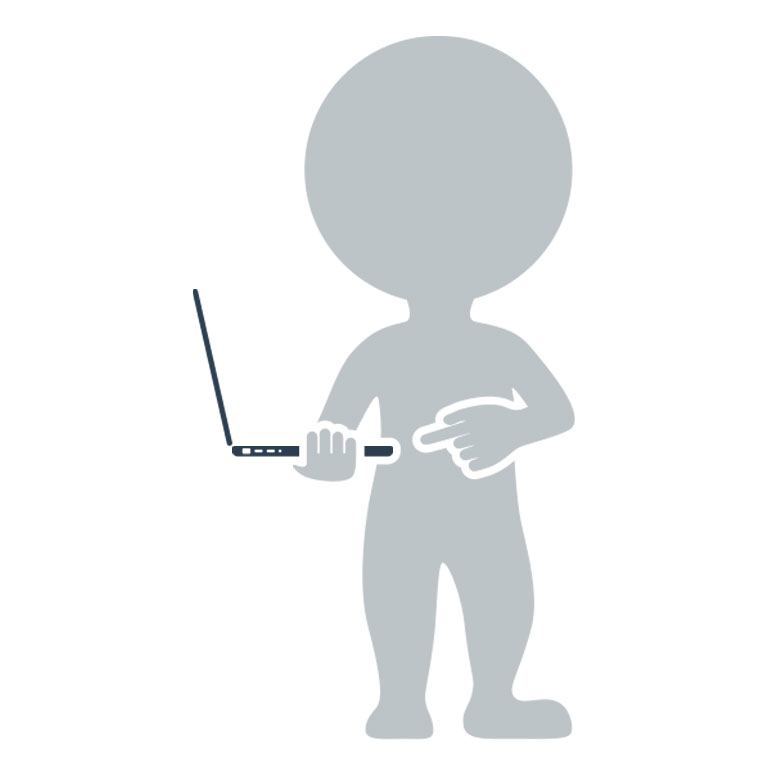There’s a good article over at On An Overgrown Path that rails against arts organizations using Twitter in what might be best described as a myopic, self serving, unidirectional messaging system. The article served as a discussion point during last Sunday’s SoundNotion.tv program and after watching it, I thought it ended up being one of the most useful segments for the field as a whole a couple of good reasons.
 First, it reinforces the idea that one of the ways which Twitter works best is when it functions as a concert experience force multiplier; meaning, its ability to expand an experience to a larger group who isn’t able to be there, and to do so in real-time. Ultimately, it can become a powerful patron empowerment tool if encouraged and given room to grow.
First, it reinforces the idea that one of the ways which Twitter works best is when it functions as a concert experience force multiplier; meaning, its ability to expand an experience to a larger group who isn’t able to be there, and to do so in real-time. Ultimately, it can become a powerful patron empowerment tool if encouraged and given room to grow.
Next, the show’s co-host, David MacDonald, had what I think is a genuinely great idea for someone with the time and skills (or funds to pay someone to do it) by way of addressing some of the immediate hurdles related to live tweets during concerts. Granted, these challenges are not insignificant but in the end, they are all problems that have solutions. In particular, phone backlights, keystroke sounds, unusual spellings, and more can get in the way of a productive and positive live tweeting experience.
The idea started off with co-host Nate Bilton suggesting smartphones have an operating mode that will adjust your phone settings automatically (like airplane mode) and from that, MacDonald came up with the why-didn’t-anyone-think-of-this-earlier idea of creating a concert event Twitter client (not unlike tweetchat.com #artsmgtchat uses during its live tweet events).
You can follow that part of the conversation starting at the 1:02:54 mark but here some basic ideas that came out of the discussion as elements for a successful orchestra twitter client:
- Dark background, high contrast graphic themes that project minimal lighting but with controls that are still easy to see and operate.
- Umlaut shortcut keys (some folks are sticklers about that sort of thing).
- classical music spell check
- Client disables phone’s camera flash and audio recording.
- Client sets phone to mute and no vibrate
In the associated discussion about whether orchestras really need apps, this is a good example of where an app can provide far more added value than an optimized site in that it can (per user approval) adjust phone settings while in use. Consequently, the above checklist can be set in motion when the app is accessed.
At the end of segment I suggested a project such as this is ideally suited for someone like the Knight Foundation, which takes an active interest in classical music and media. In addition to providing the client service, crafting some usage guidelines (while steering clear of the insincere approach On An Overgrown Path
calls out), hosting, and basic user support is pretty much all the offering needs.



At Palm Beach Opera, we had 3 highly successful tweet seats events last season and we plan on having more this coming season. We didn’t do the tweet seats in the “traditional” way; but rather how it worked for us as an organization. I think that is very important for these types of events. There is no one way to do them and every organization is different.
Also, I’m part of a panel at the upcoming NAMP conference entitled “The Curated Arts Experience” which deals with this sort of thing: http://www.artsmarketing.org/conference/session/2012/curated-arts-experience Perhaps we can chat about possible case studies. 🙂
I think you hit the nail on the head here Ceci in that the process groups use to arrive at a process for incorporating (or even simply experimenting) with something like Twitter during live concerts events is a critical aspect to whether efforts fail or succeed.
Identifying potential bear traps, addressing concerns, and insuring a user friendly twitter medium that maximizes institutional exposure are all issues that have solutions which might vary from one group to the next. Consequently, avoiding the copy/paste method is good advice.
And yes, send me a note to chat about case studies etc. 🙂
I like the idea of a dedicated app for performance that “dims the lights” as it were. I would like to see a more general one for theater and many other types of performance that wouldn’t necessarily benefit from a classical music spelling dictionary, etc.
And if you have the right keyboard app (I use Swiftkey 3 for Android) you already have shortcuts for diacritical marks. I would suggest that anybody who is a stickler for umlauts and accents get a keyboard app like this, anyway. You can just press and hold the letter to get several options.
Good ideas Aaron via different focus for different arts mediums. I would be surprised if a unified solution didn’t exist, although it would likely take a bit of R&D effort to nail down the right combo.
It sounds like you use a virtual keyboard for your Android wheres I’m a minority Android user in that I still prefer a tactile keyboard so the programmable goodies aren’t usually as readily available (or I’m missing a nice app that would make that happen).
Call me old-fashioned (although usually I am not) — but do audiences REALLY need to be tweeting during concerts? What ever happened to just losing yourself in the miraculous experience of a symphony orchestra and soloists performing transcendent music? And, how can 144 alphanumeric characters capture the magical essence of this uniquely aural medium, anyway?
Digital devices in the concert hall — whether used for tweeting, or googling, or surfing, (or making restaurant reservations for after the concert), or whatever — are extremely disconcerting to the performers on stage. I happened to be guest conducting the Fort Worth Symphony during the final game of the World Series last fall (the night the Rangers lost it all), and the backlight in Bass Hall from audience members’ digital devices was brighter than the stage lighting.
And for “unplugged” audience members sitting next to, or behind, other audience members who are tweeting, it is a huge distraction to the musical experience (whether the screens are dimmed or not.) Plus, when orchestras and concert halls allow audience members to have their digital devices out during a concert, there are invariably going to be people who, no matter what app they have, don’t silence their ringers, or forget to turn off their alerts, or insist on texting with their friends or the babysitter, or can’t resist the temptation to shoot an illicit video, or take a photo (and forget to turn off their flash) or whatever. And then, you get another Alan Gilbert situation. http://www.nytimes.com/2012/01/13/nyregion/ringing-finally-stopped-but-concertgoers-alarm-persists.html
New European concert halls have it right — many newly-built halls have included technology which totally shields mobile phone signals from even being received within the auditorium, which solves a whole multitude of problems right there.
I am absolutely a huge advocate of utilizing social media to promote the arts. It is a fantastic new tool. But NOT from within the concert hall, and NOT during an actual concert. For heaven’s sake, can’t audiences just turn off their devices, leave technology behind for two hours, and listen to the glorious music?
Thanks for this George, everything you’ve mentioned here is wonderfully articulated and at the core of discussions (arguments?) within organizations considering social media usage during concerts. A number of the potential negatives you’ve mentioned are issues that have solutions, albeit some of which are easier to solve than others.
What I’m always fascinated with is the level of conviction among folks on either side of the issue. As a result, I don’t expect this issue to be addressed (one way or another) on any field-wide basis anytime soon.